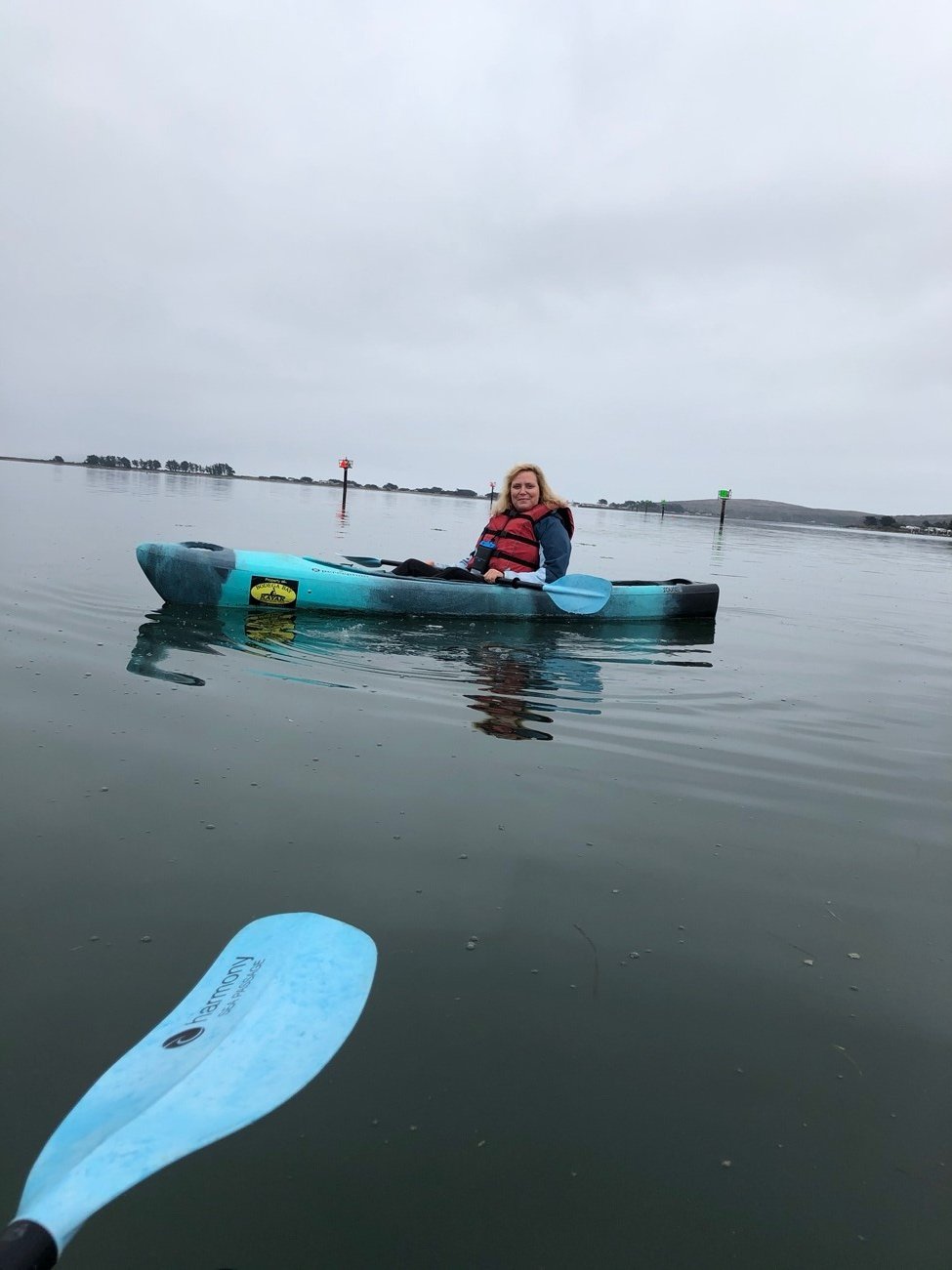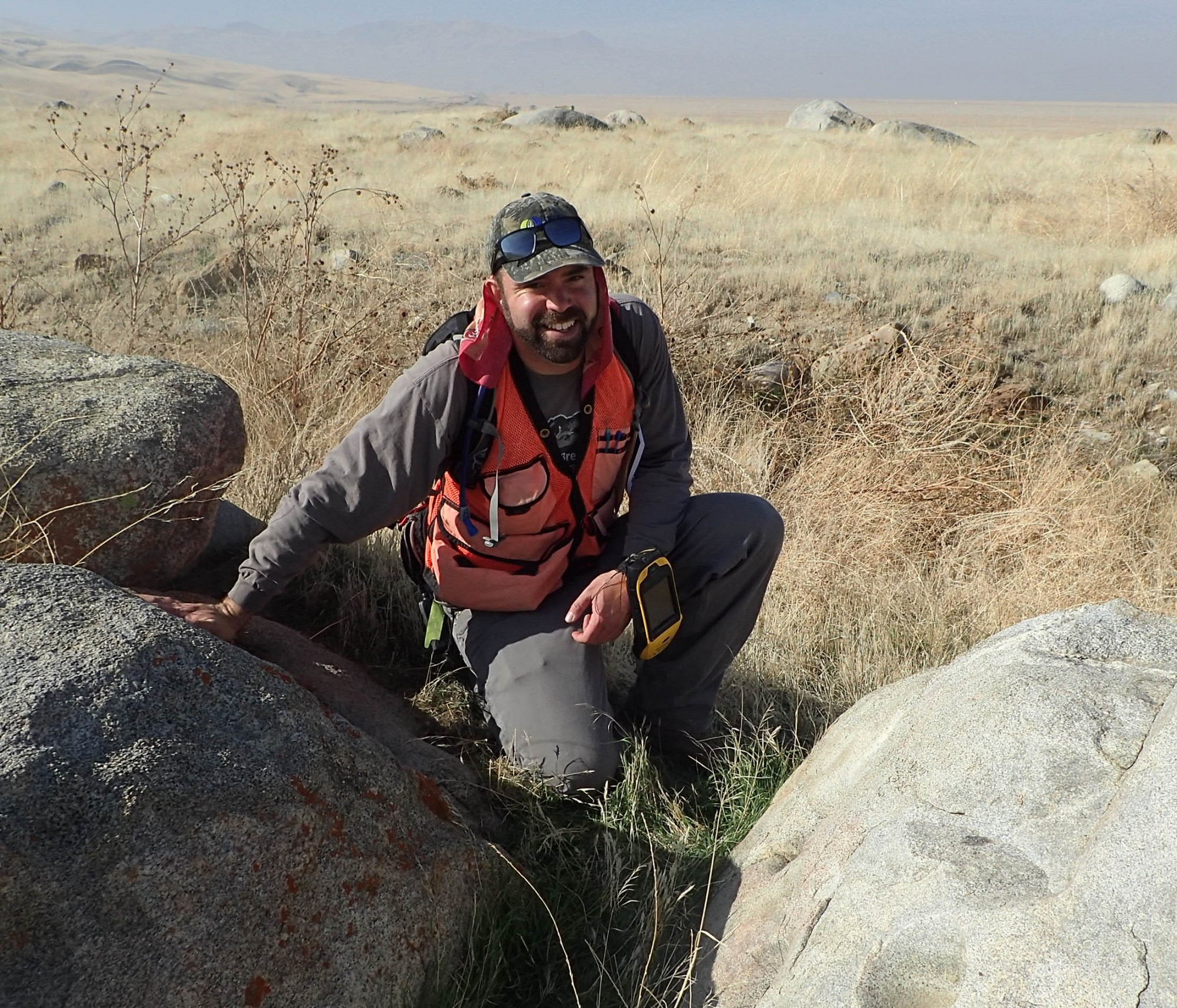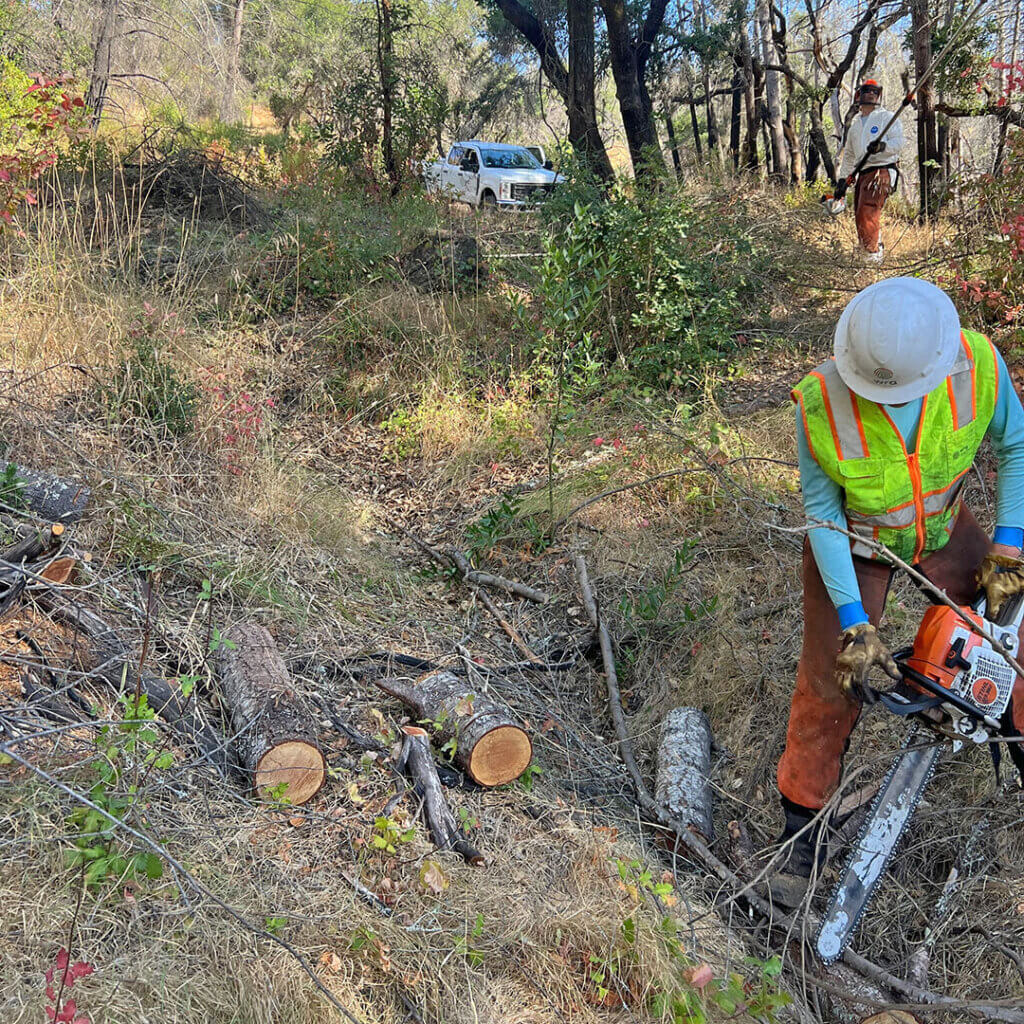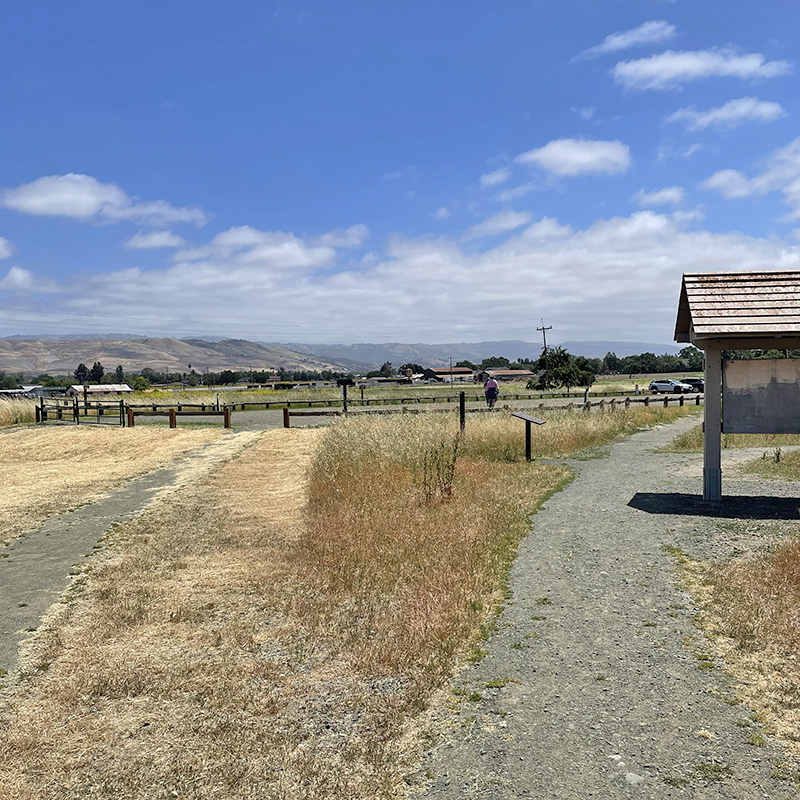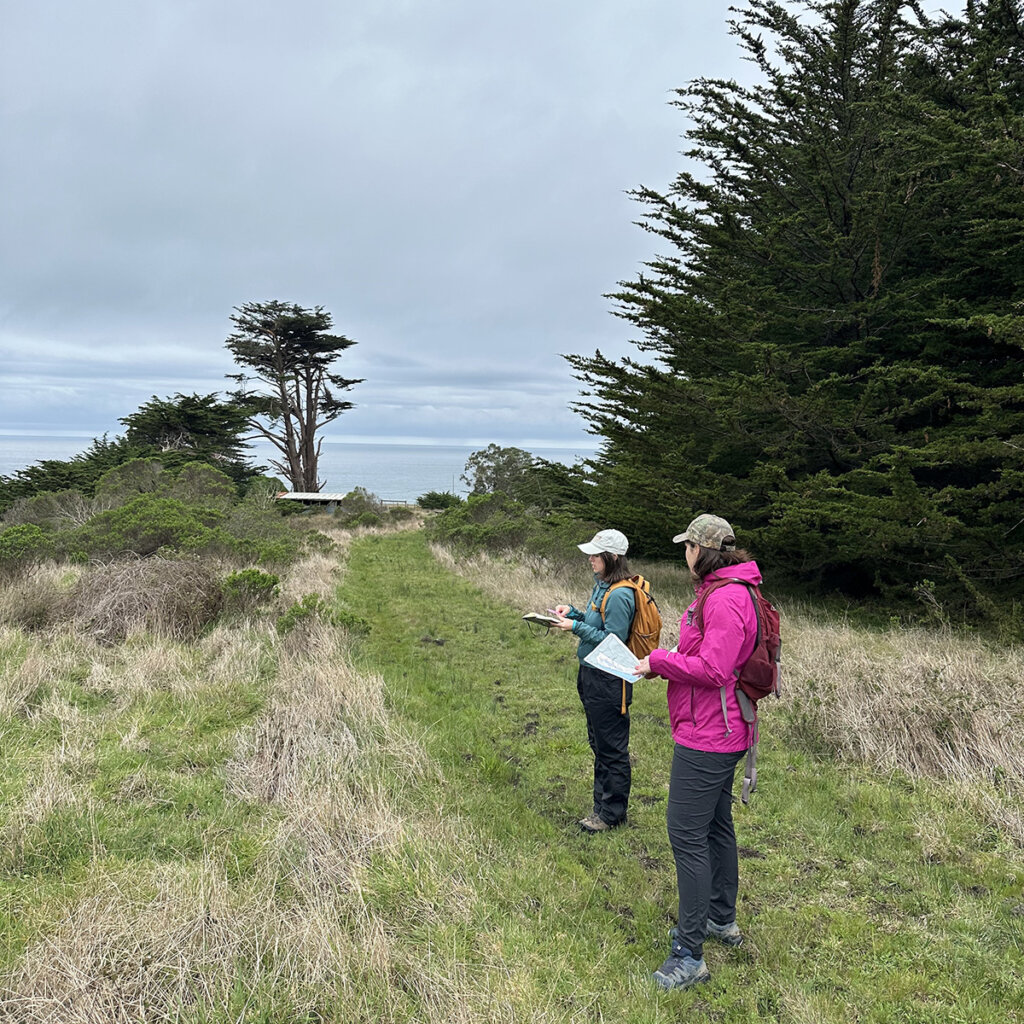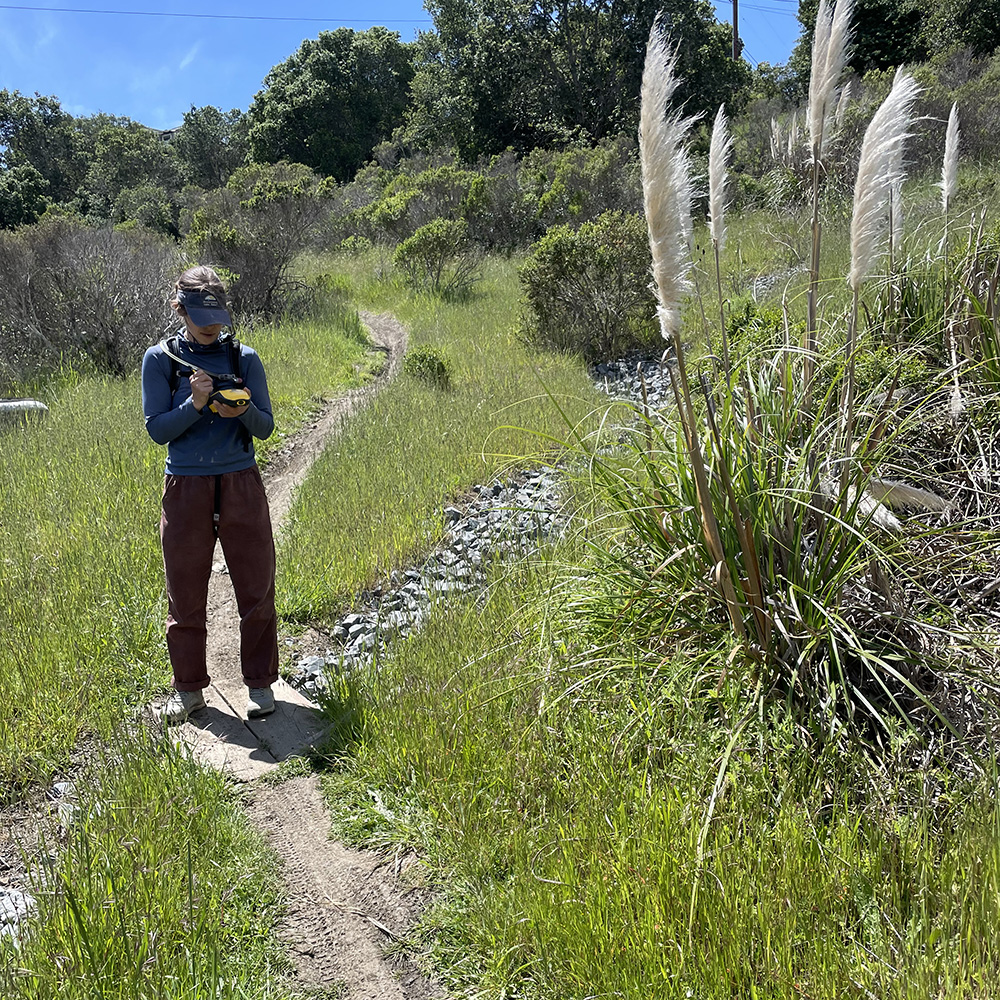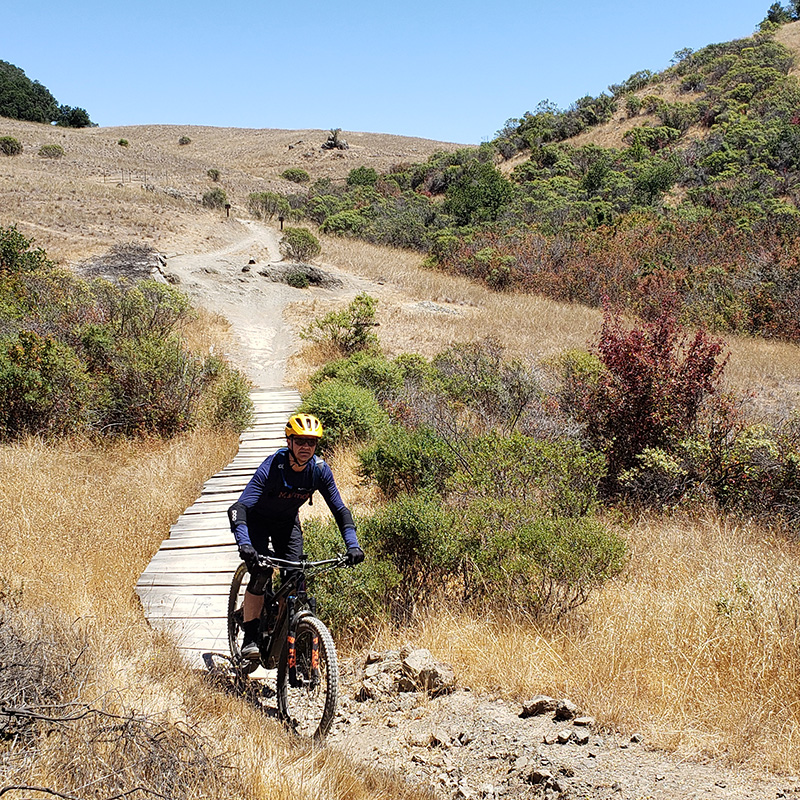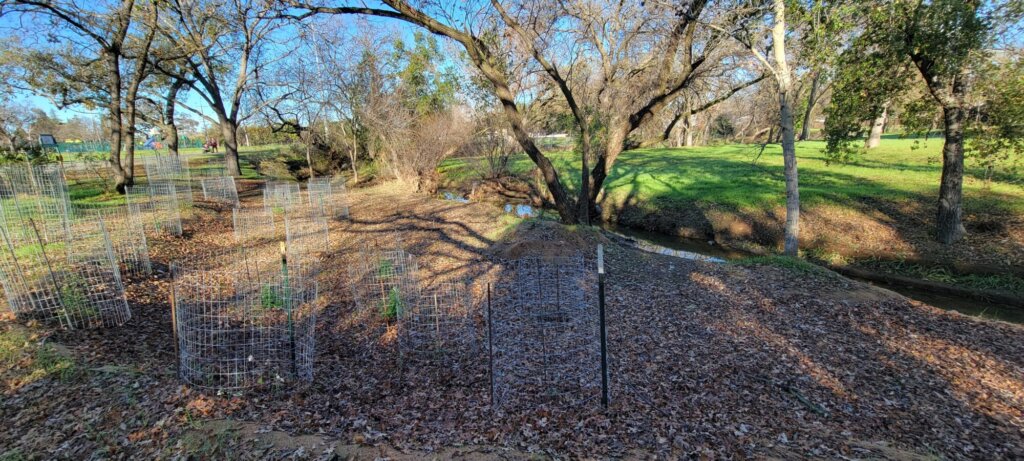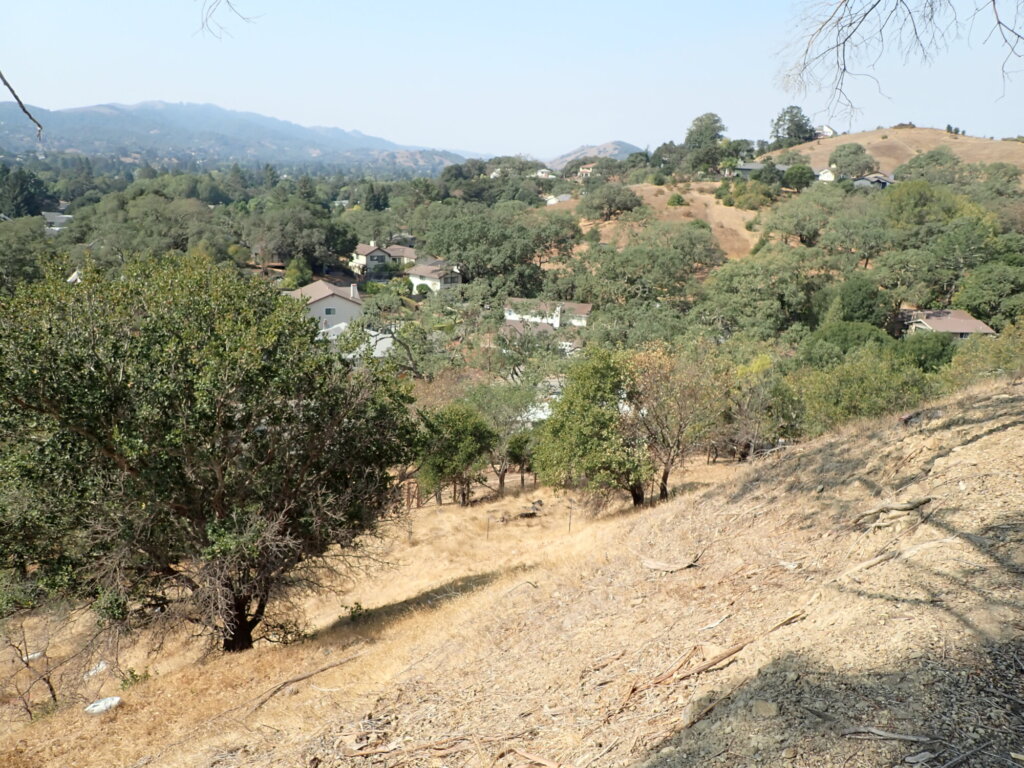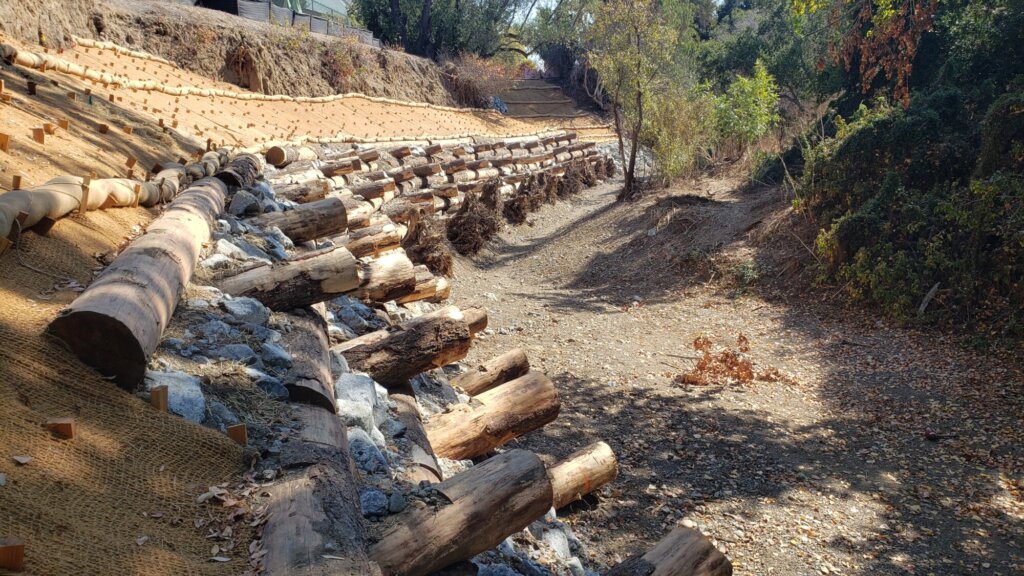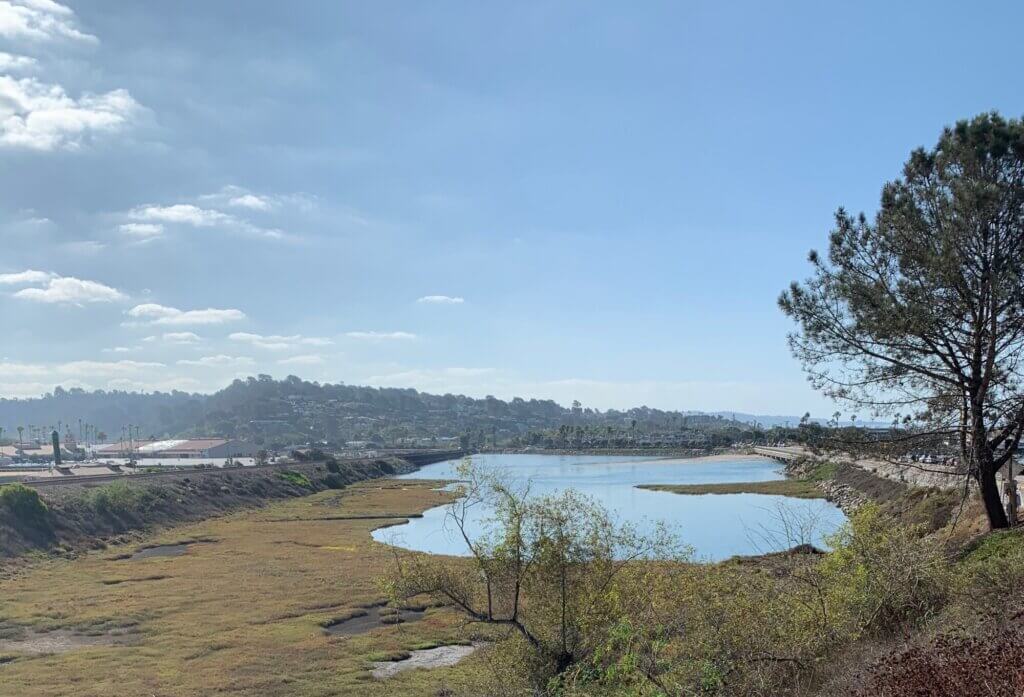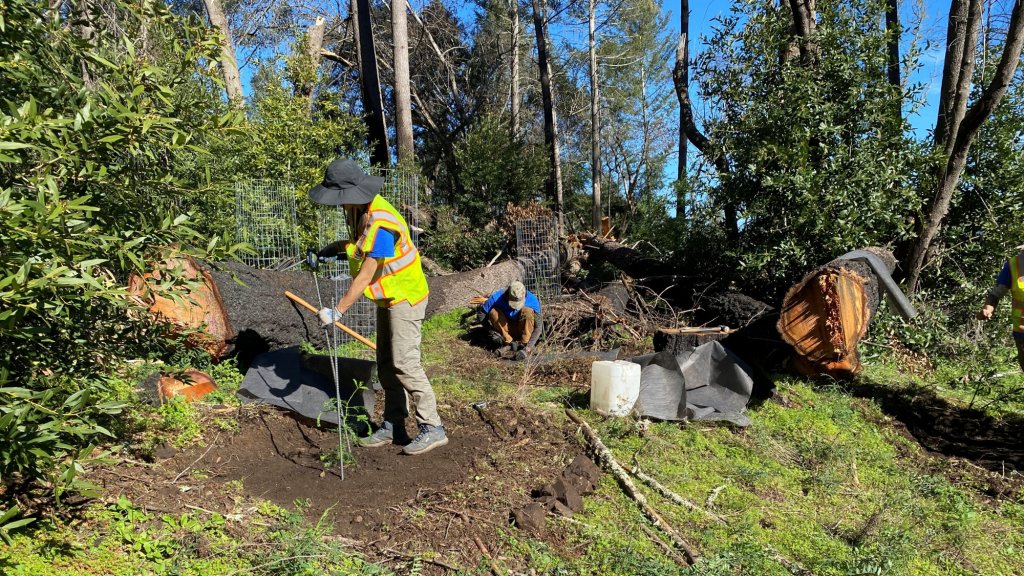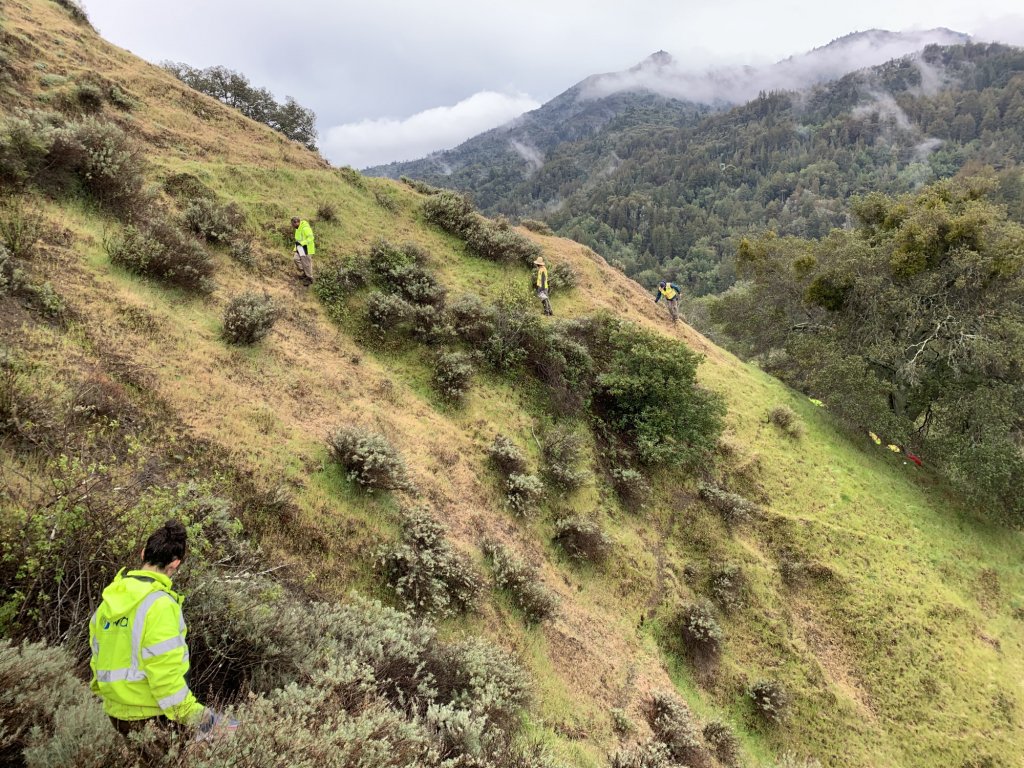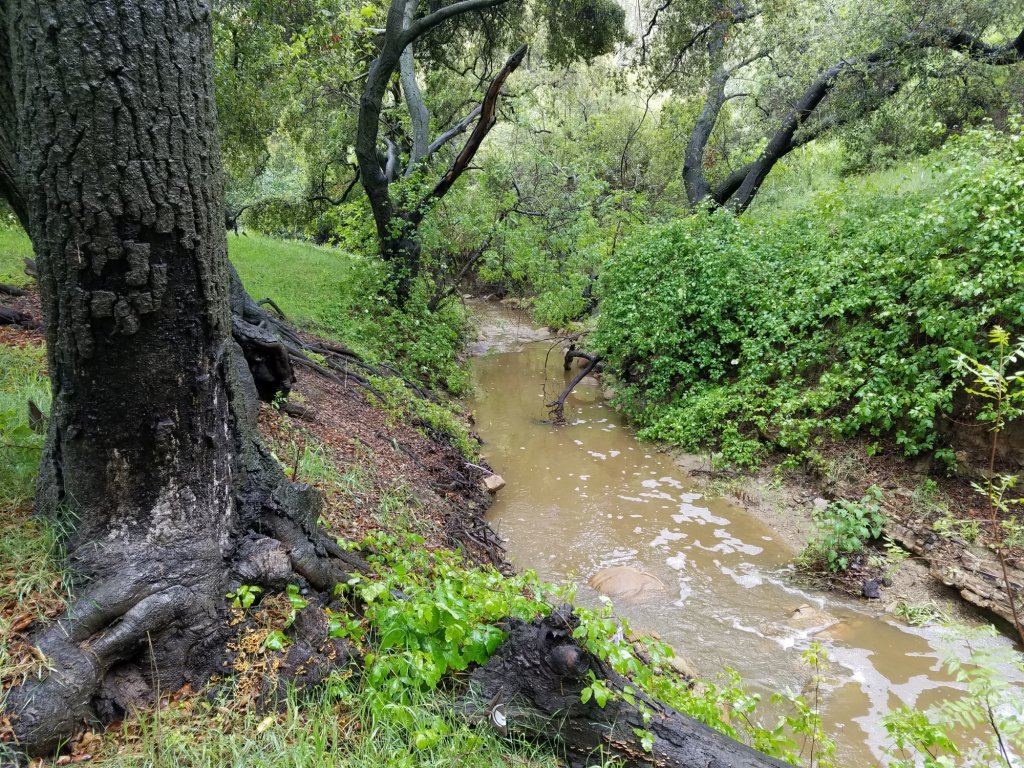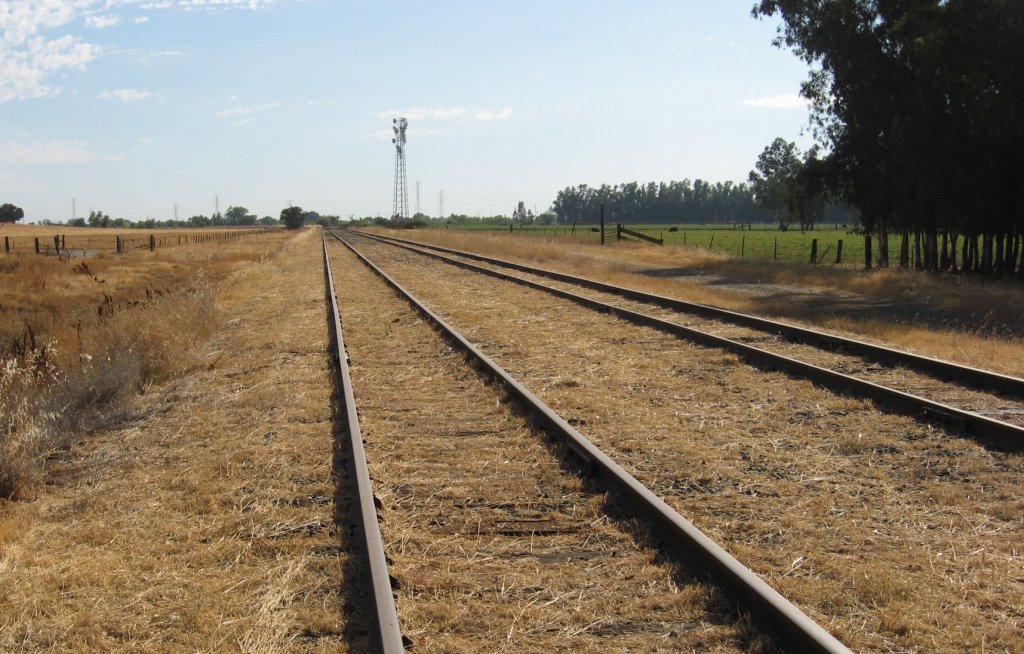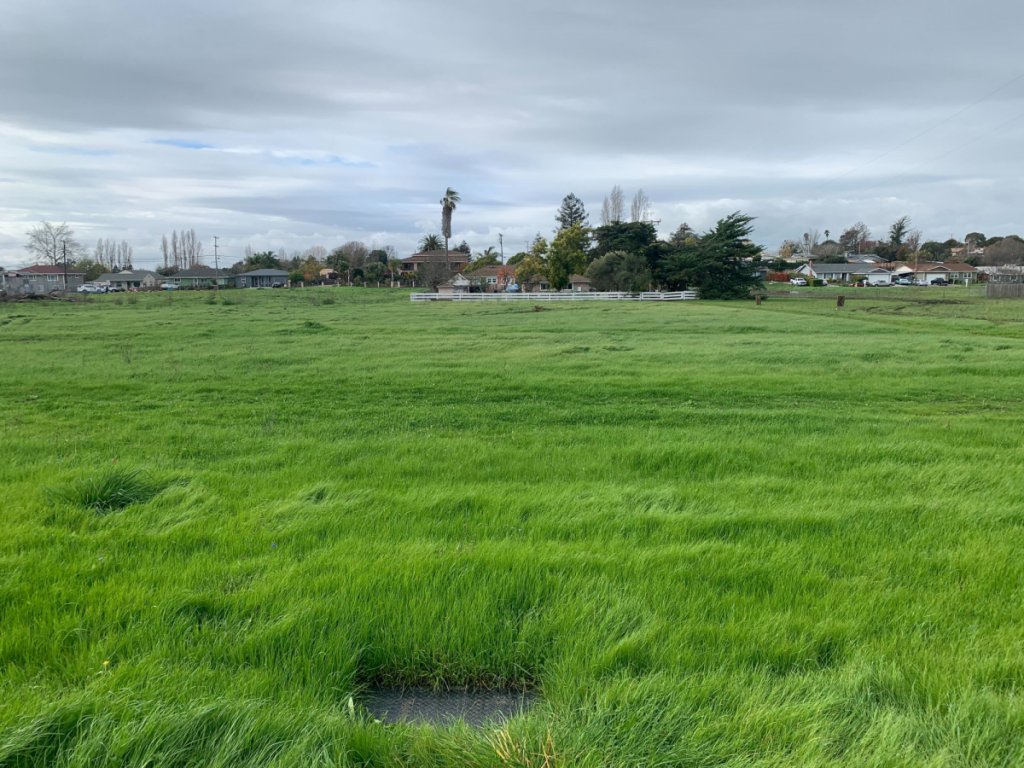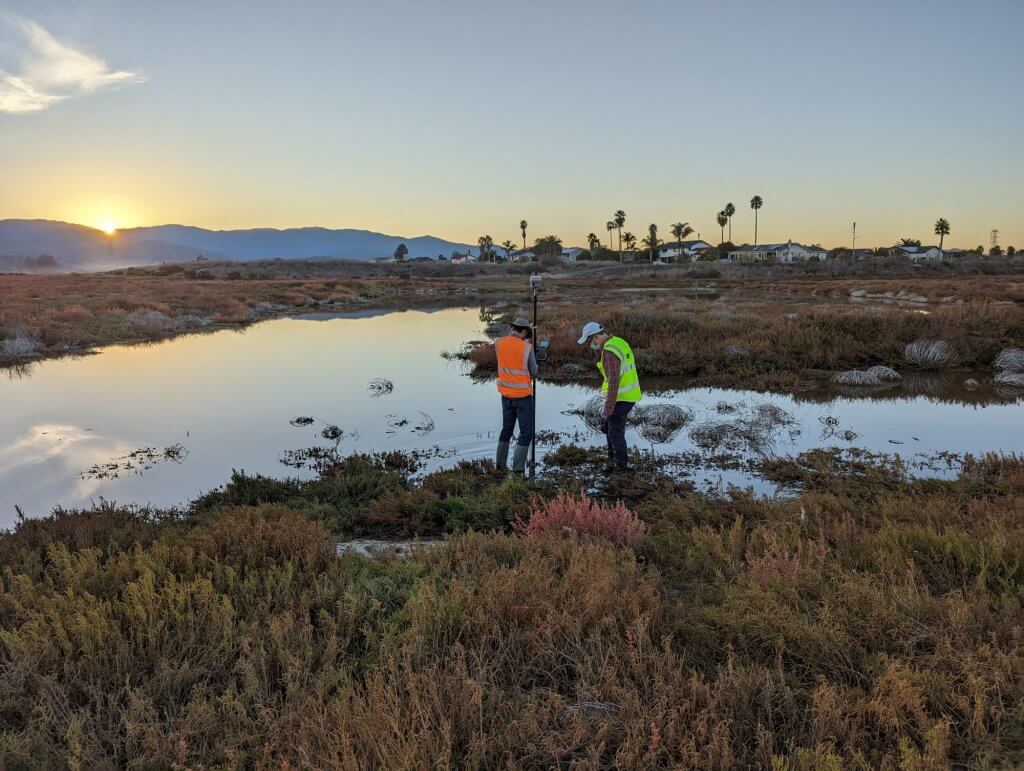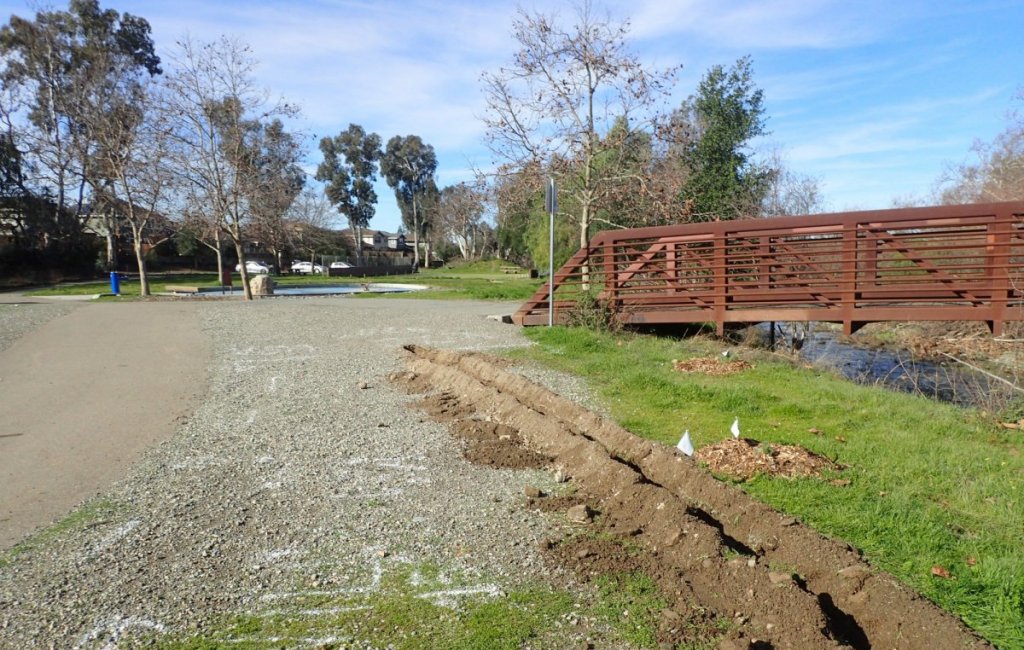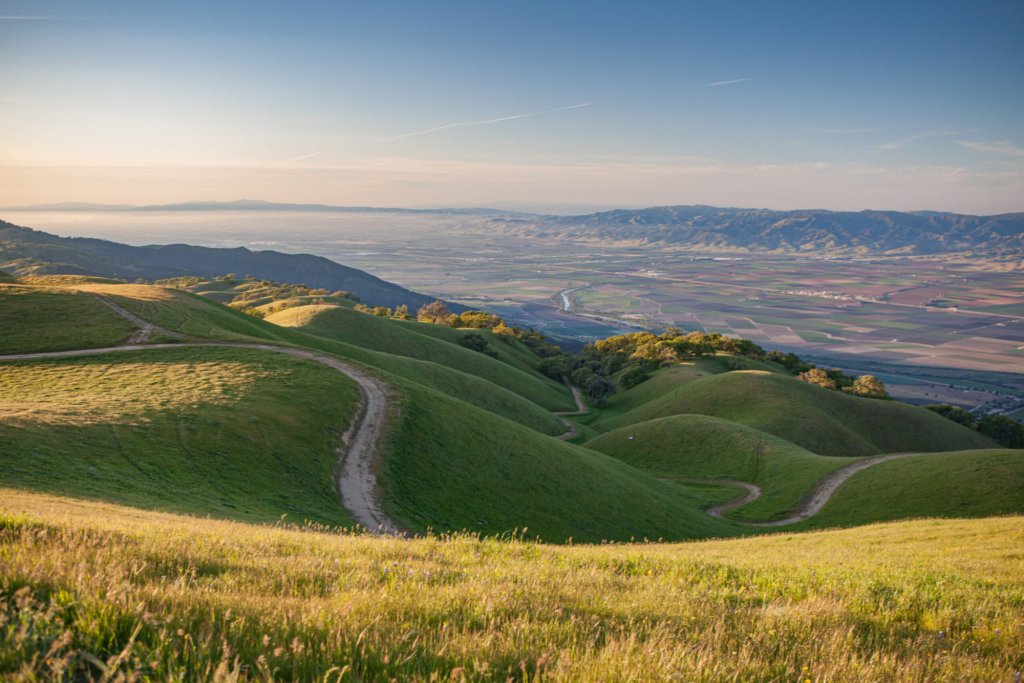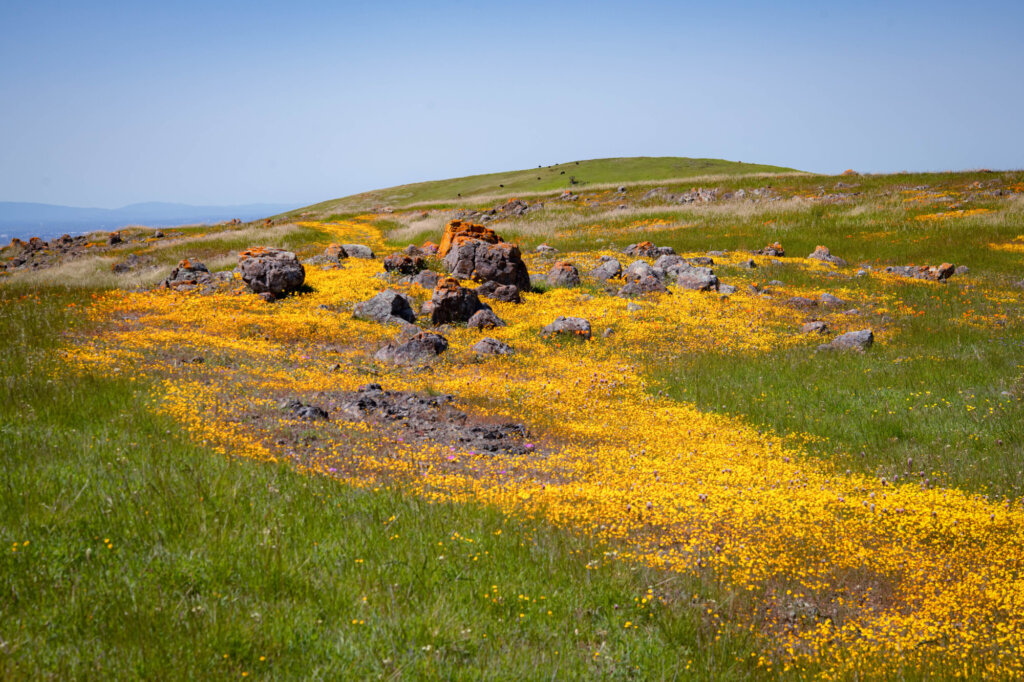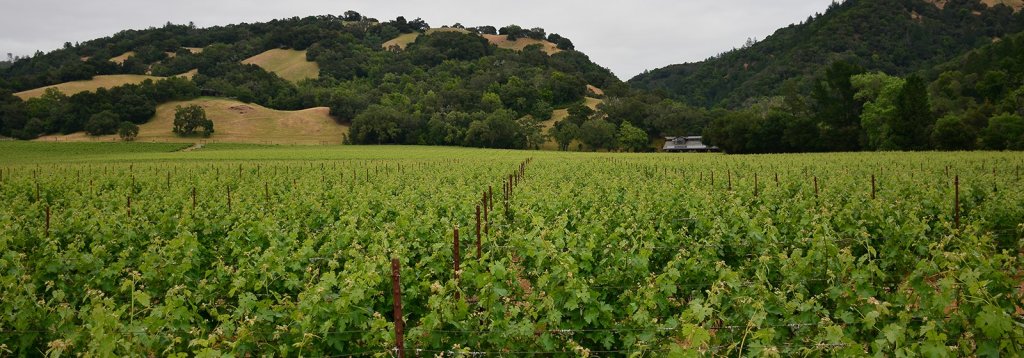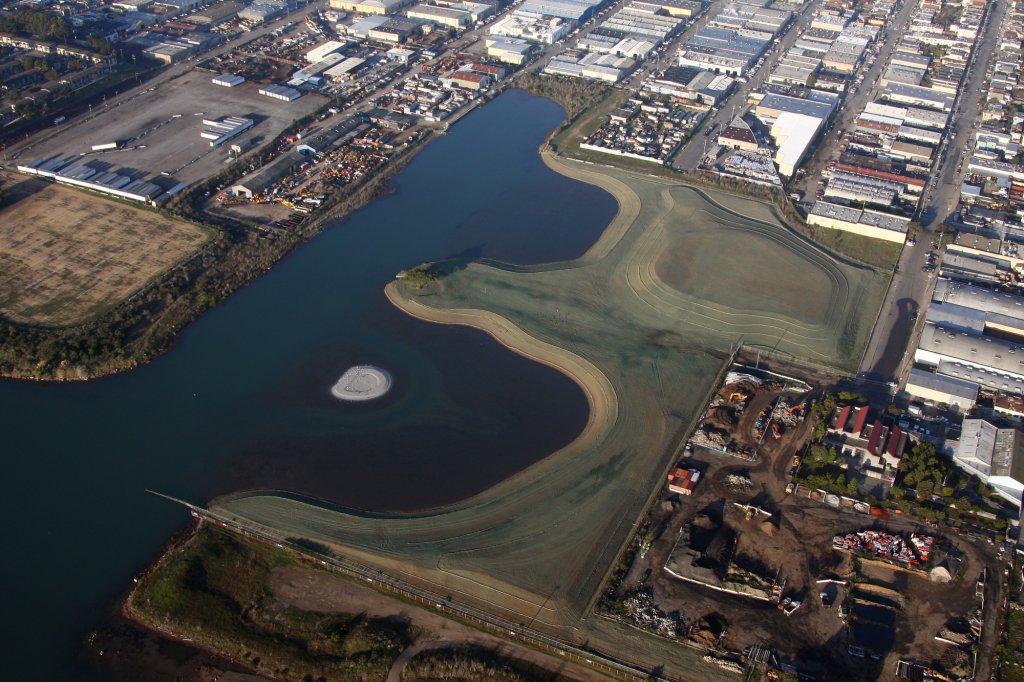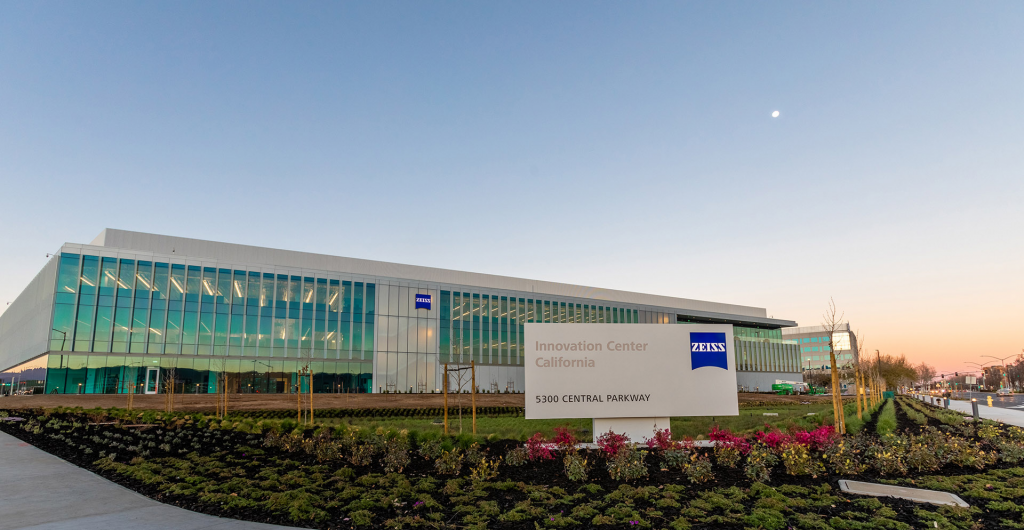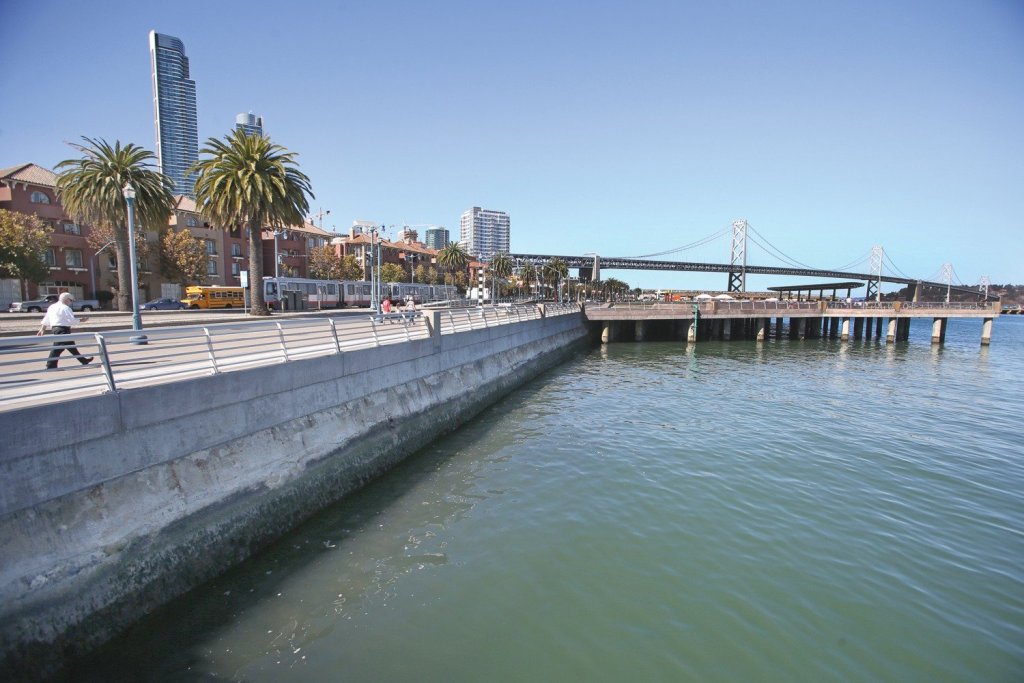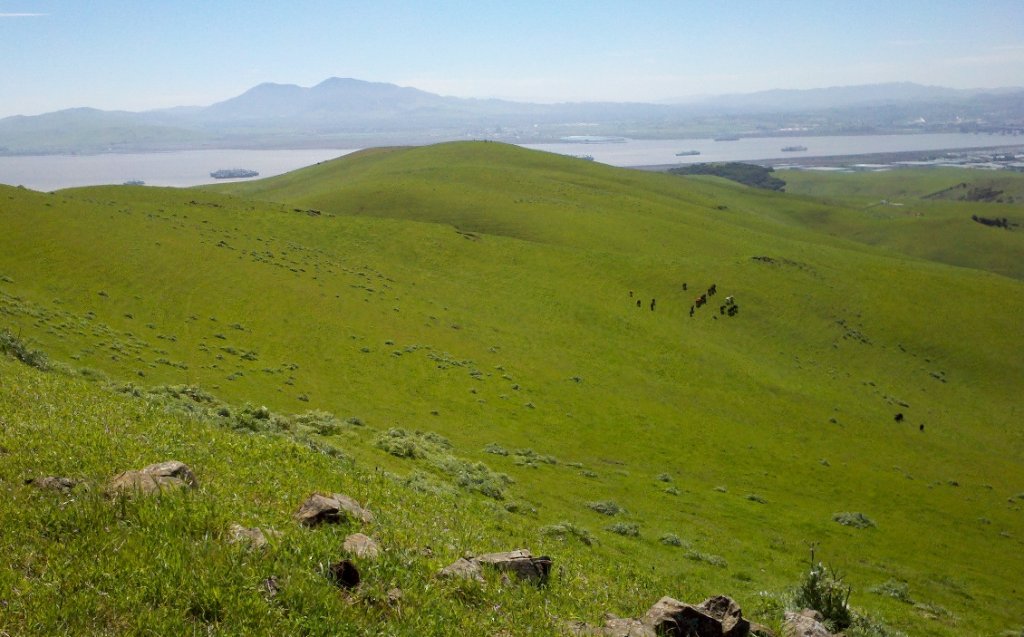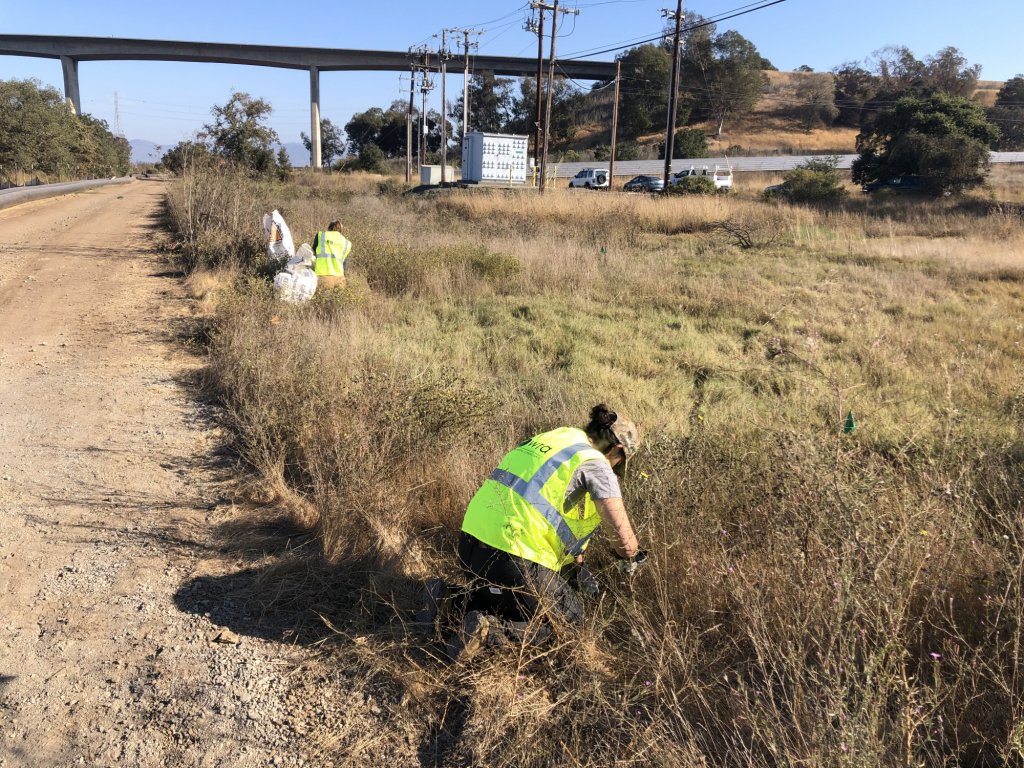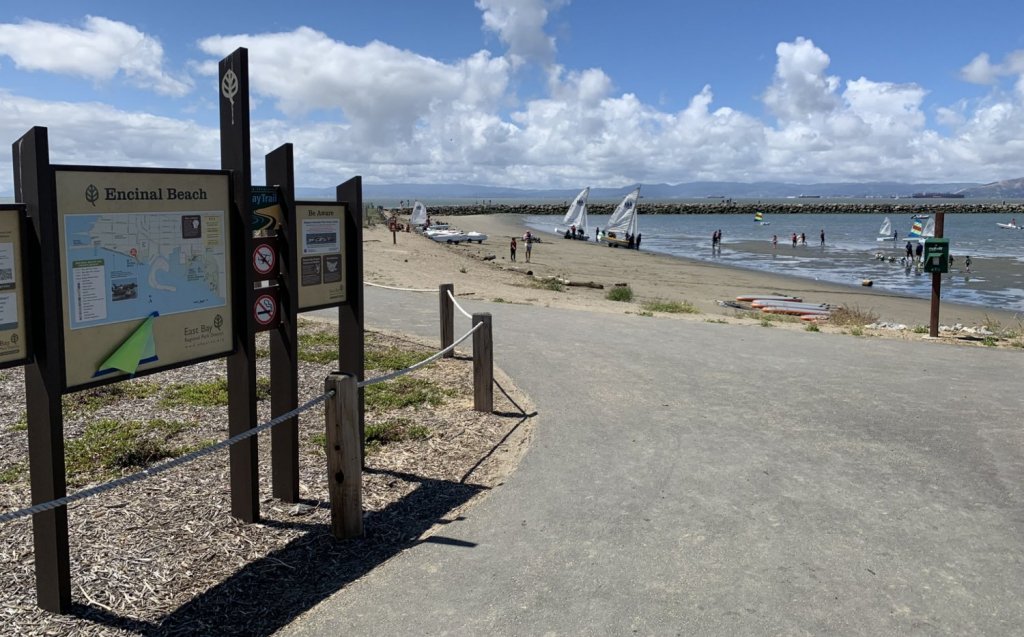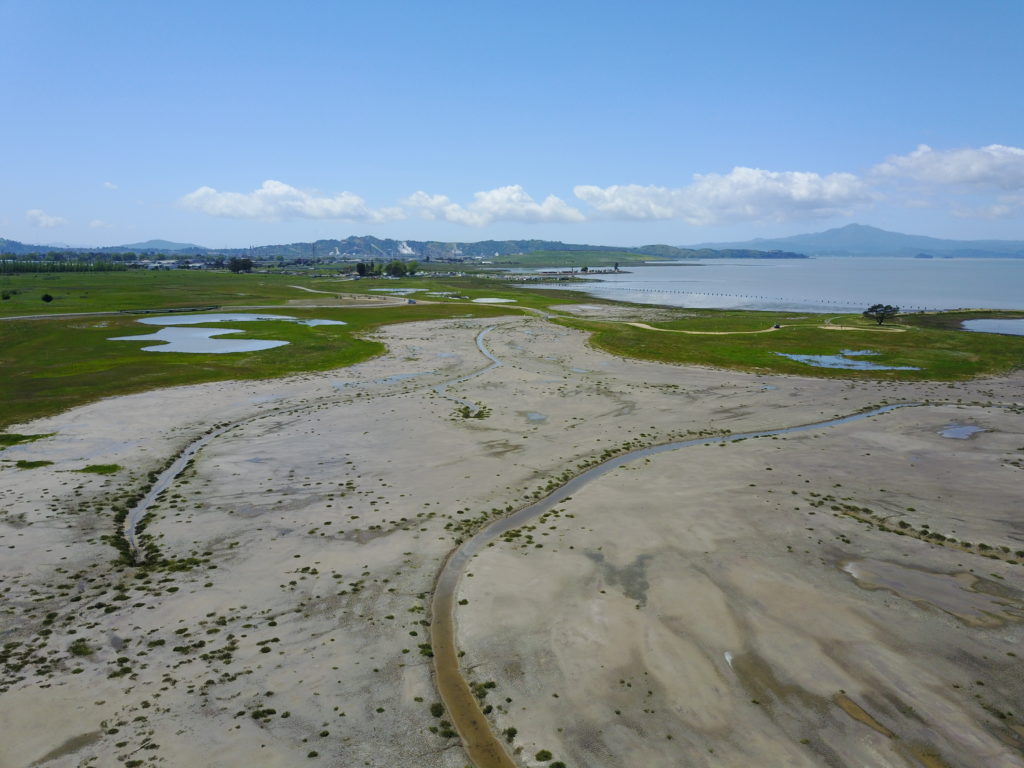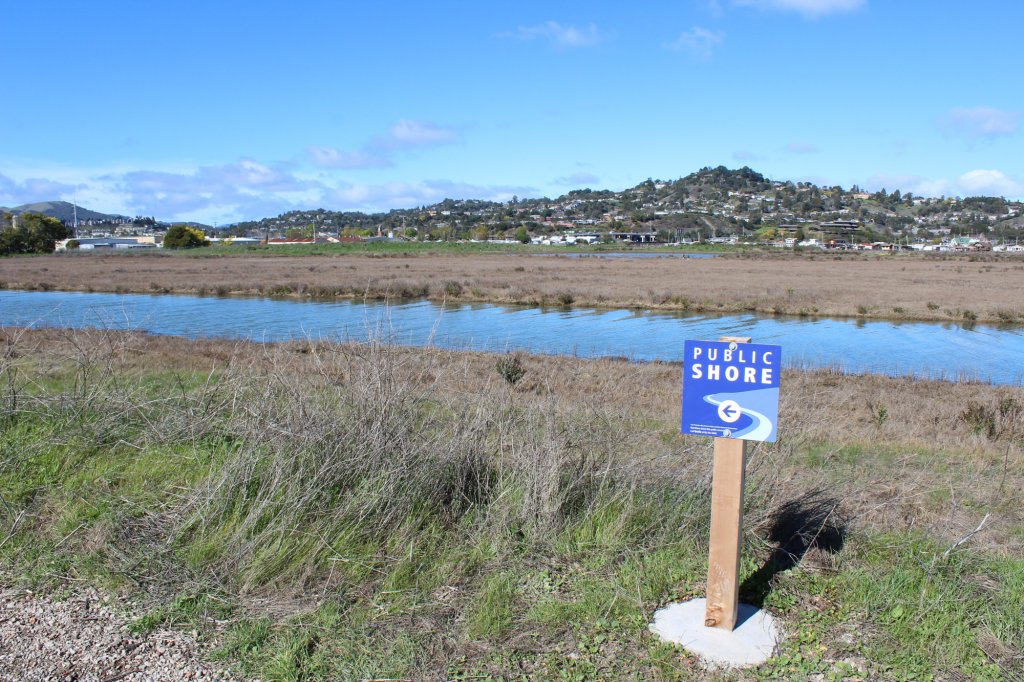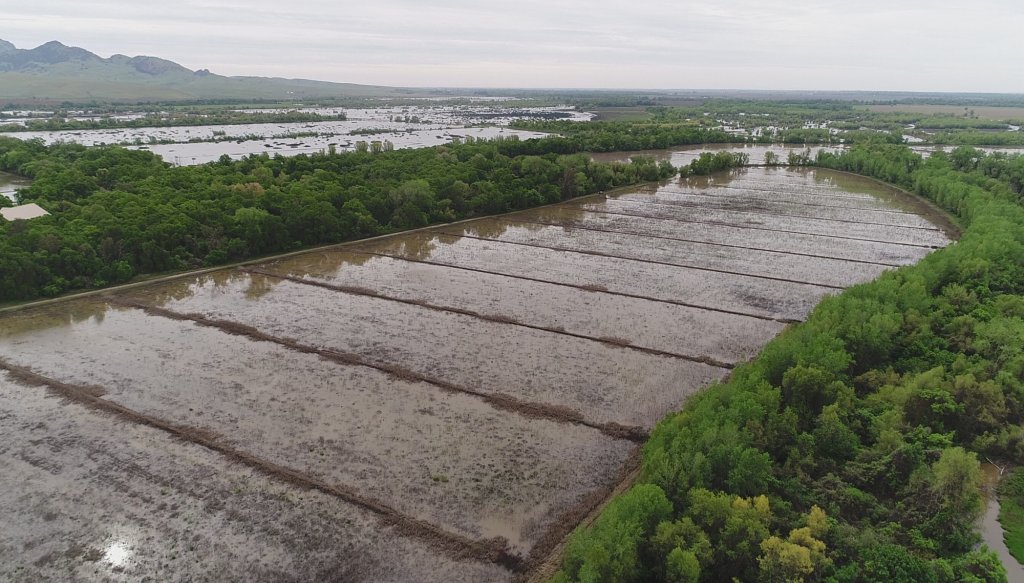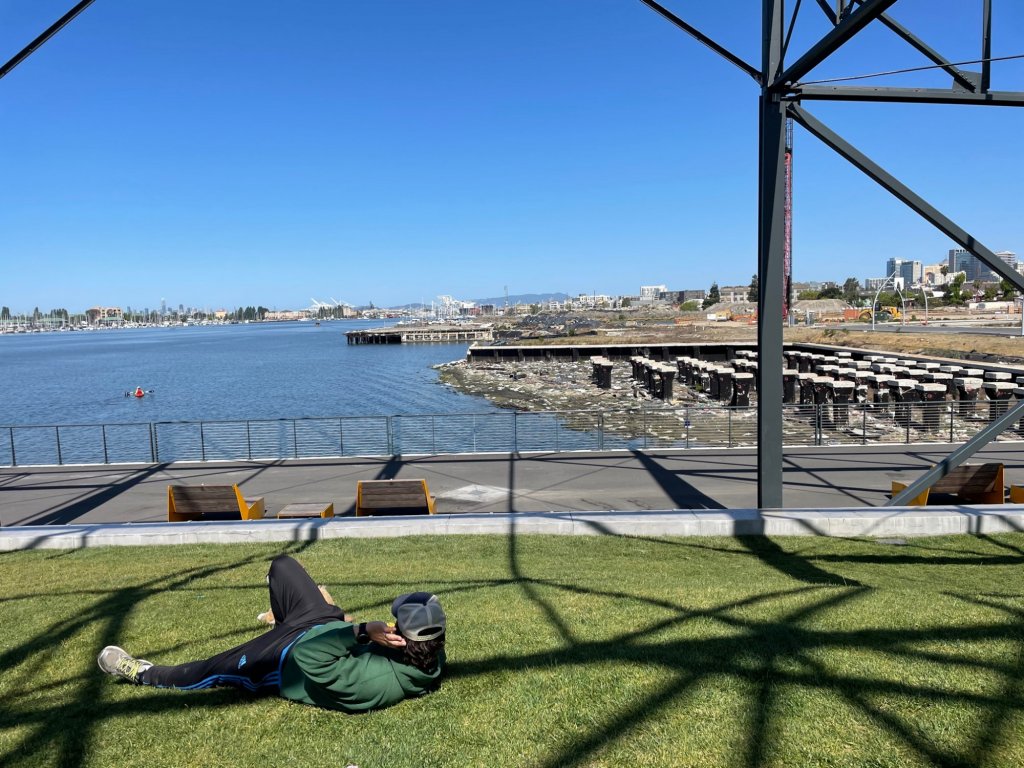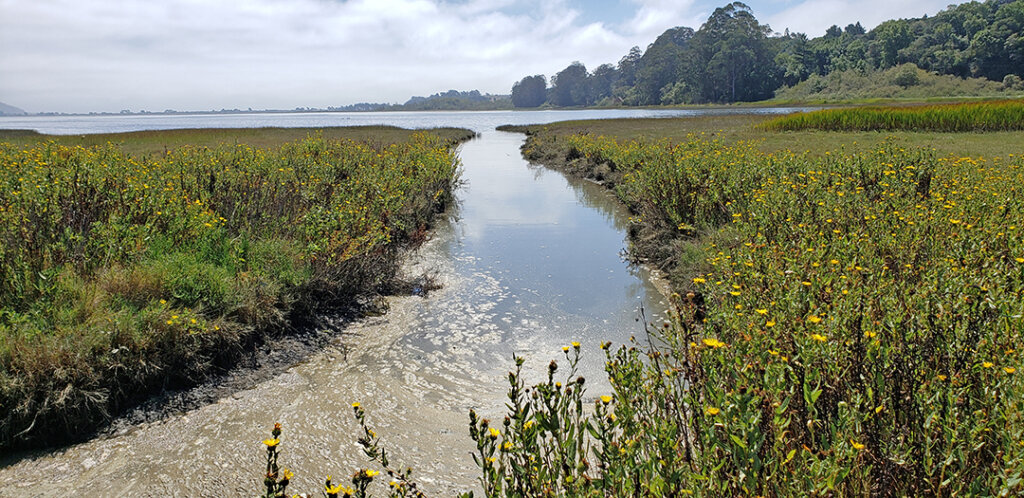Our Projects
Oak Knoll Mixed-Use Community Development
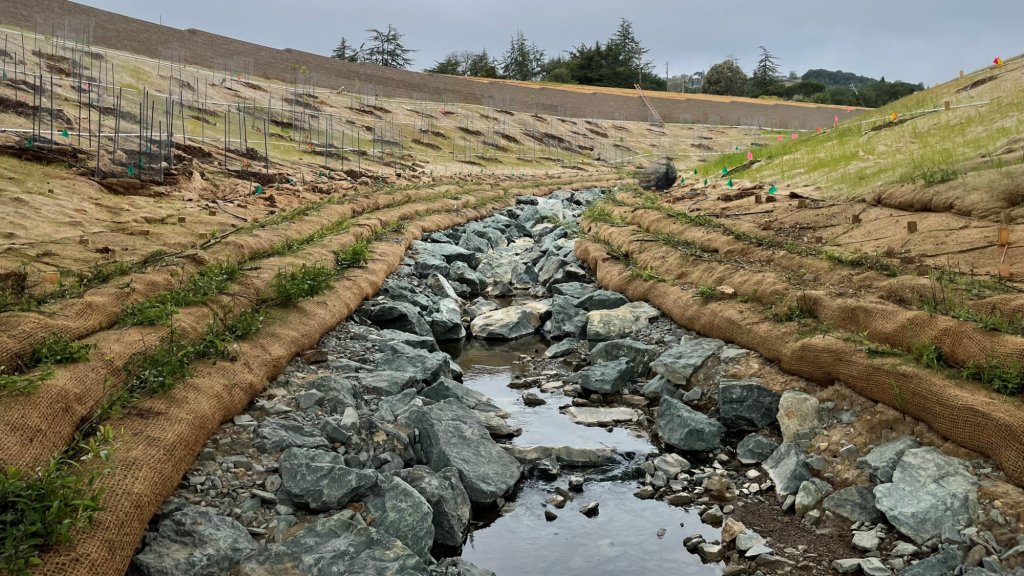
Starting in 2016, WRA has been supporting Oak Knoll Venture Acquisition, LLC with a suite of services for the redevelopment of the 183-acre former Oak Knoll Naval Hospital, located in Oakland, California. Working with SunCal, ESA, BKF, GBI, and other firms, WRA assisted with the Supplemental Environmental Impact Report (SEIR) portion of the California Environmental Quality Act (CEQA) review process. WRA conducted multiple biological surveys, including a tree survey of more than 7,200 trees, Biological Resources Assessment, and wetland delineation. Based on the information collected during these surveys, WRA prepared agency permit applications for the restoration of a portion of Rifle Range Creek, including a California Department of Fish & Game Lake and Streambed Alteration Agreement and Clean Water Act Section 401 and Section 404 permits.
WRA landscape architects and designers developed the riparian planting and irrigation construction documents for the restoration of 4,000 feet of Rifle Range Creek. This included the layout of over 5,000 native trees and shrubs and the design of public access trails within the creek corridor. In addition, WRA provided support for the transplanting of several mature oak trees to be located in future park and open space areas of the project. Creek construction was completed in 2021 and planting of the riparian corridor is currently underway. As the project matures it will become an important wildlife and waterway corridor and serve as a signature piece of the redevelopment’s open space amenities.
WRA Landscape Restoration leads fuel reduction and invasive plant removal efforts at the site, which includes the restoration of a 2.5-acre oak woodland preserve that abuts Rifle Range Creek. In the first year of vegetation management, our restoration experts removed a dense understory of mixed-aged French Broom that was growing up to 12 feet high, which posed a serious fire risk to this grove of old-growth Coast Live Oaks as a ladder fuel. Manual methods including hand pulling and weed wrenches were used to remove the broom stand and mitigate this risk to the environment and community. The team will return to the site for 10 years to continue managing these fuel sources and eliminate the broom seed bank, allowing the native understory to reestablish.
WRA is currently providing biological compliance monitoring during construction activities.
Experts
Project Specifics
Project Partners
Status
Detailed Services
Biological Resources Assessment Report
Jurisdictional Delineation Report
Tree Survey Report and Tree Removal Permit Application
Rare Plant Survey Report
Habitat Mitigation and Monitoring Plan
Tree Preservation and Replacement Plan
Creek Restoration Planting and Irrigation Construction Documents
Fish Salvage and Relocation Plan
Environmental Compliance Monitoring
Habitat Maintenance




